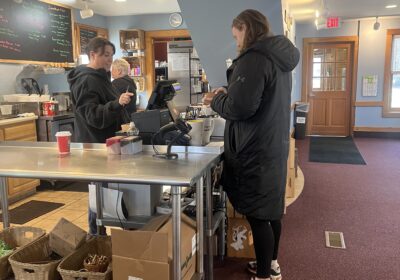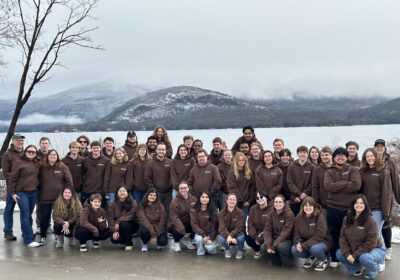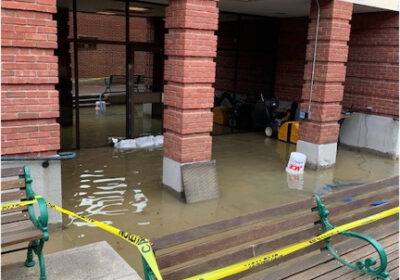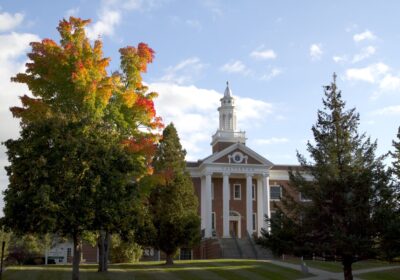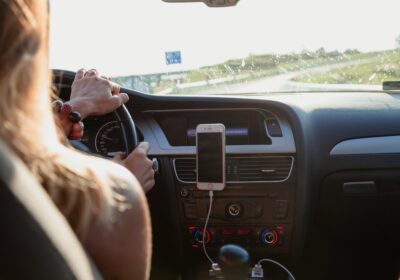Help us get home safely
How much is a student’s life worth?
Can getting home safely for Castleton University students be measured by one’s understanding of personal responsibility, or is it the University who falls accountable for keeping them safe when it comes to a reliable, safe form of transportation after a night out?
As of now, the only “consistent” late-night transportation system accessible to students at Castleton is the student-run organization, Safe Ride. But getting volunteers has been tricky and often grounds the service and the concern of drinking and driving is still very real.
“This has forever been the argument for Safe Ride kind of systems,” Dean of Students Dennis Proulx explained. “Do you put more education on the individual to do what is right and make the right choices or do you put the responsibility on their friends to do the right thing? Is it on the bartender to not over serve, or do you put it on the town to promote safer roads? There is always that slippery slope.”
Unlike larger schools like the University of Massachusetts Amherst and the University of New Hampshire that offer dependable, round-the-clock shuttles, Castleton students have frequently found themselves stranded or at the base of a bad judgment call to get behind the wheel.
Brandon Allen, a Castleton senior who has experienced the unpredictable services of Safe Ride, believes the school administration needs to step up to the plate.
“First of all, Safe Ride should at least run until 2:30 am on Thursday nights and second, I don’t think they should be students – they should pay for this as a real, necessary job. The nights that it (drunk driving) occurs the most is when Safe Ride doesn’t run,” Allen said shaking his head. “The first thing you lose when you drink is your judgement, and as a bystander, even if I try to stop them, I have witnessed a lot of my friends get behind the wheel when they shouldn’t have. It goes back to losing that sense of judgment; there is a lot of this shit going on.”
The problem with hiring a driver comes down to two things: money and the notion of will this really help solve the problem.
“We would totally be interested in having a bus system, but with that it becomes a liability to the college and that means that the college would have to approve it, which is an issue we face,” said Caitlin Ryan, one of the Safe Ride coordinators. “But we would love to have a position like a hired driver.”
The question is: where would this extra money come from?
“If we were to ramp up the transport system, that would be coming directly out of students pockets,” Proulx said. “We also have this obligation to spend the tuition dollars wisely in a period of reduced resources making those decisions even tougher.”
But Proulx also stressed that he is a big advocate for the idea of students supporting students.
“I want you to know we are always talking about where that line is and how much responsibility do we have, how many resources we should provide because we share your concern. We want our students to be safe,” he continued. “How do we get there? That’s the science or the art or bigger question and I don’t always know if it is the answer to provide a shuttle system because it ultimately falls on the individual.”
However, students like Allen stand their ground.
“Why not just make the decision a whole lot easier for students to not get behind the wheel and just amp up the transportation around here?” senior Eammon Flynn expressed. “To a certain extent it is always up to you, but I just don’t understand why we have to make that decision any harder.”
Ultimately Proulx said it is the students who have the most impact on students in these situations and the volunteers Safe Ride attracts are supporting this claim.
“The new people that volunteer actually start to like it and really appreciate the Safe Ride service more,” Colleen Kunz, the other Safe Ride coordinator said. “And we actually worked with SGA to do a point systems for clubs with volunteers. They would get points toward their clubs and the club with the most points would receive $200 to $300 at the end.”
Even with the incentive for easy money, Safe Ride is always looking for volunteers, which goes back to exactly what Proulx has been preaching.
“I would hope that students who see the two (recent) accidents as indicative of something going on in our community, that is accelerating, drunk driving, or irresponsible use of alcohol, that they would step up and support things like Safe Ride. Safe Ride is struggling with volunteers and it is not a time for folks to look to someone else to solve the problem. The college is part of the solution, but I truly believe that students should support students, that people should support people and bystander intervention and personal responsibility are the absolute key components to stop irresponsible driving.”

